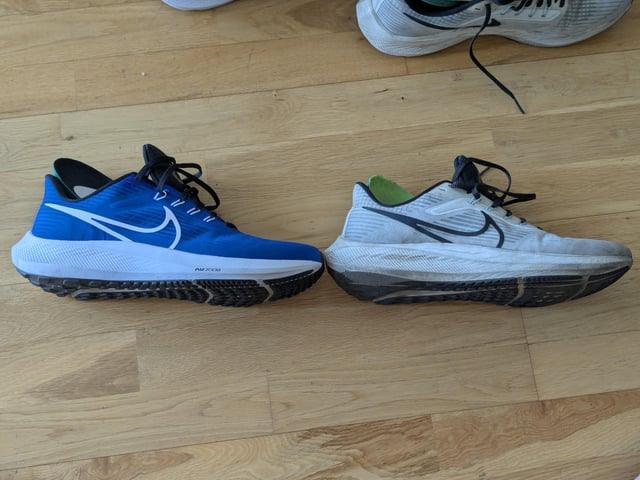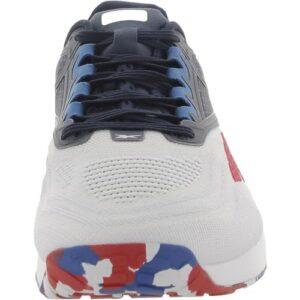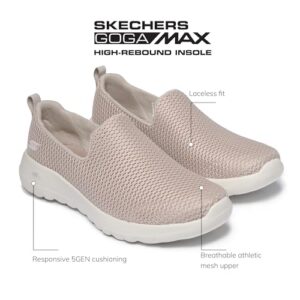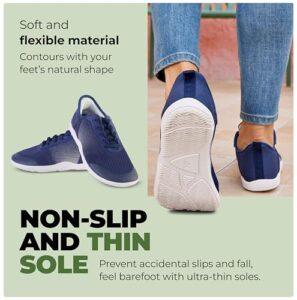Have you ever wondered how long your favorite pair of sneakers should really last? Whether you use them for daily walks, workouts, or just casual wear, knowing when it’s time to replace them can save you from discomfort and even injury.
You’ll discover key signs to watch for and simple tips to extend your sneakers’ life. Keep reading to make the most out of every step you take.

Credit: www.myelitefeet.com
Factors Affecting Sneaker Lifespan
Material qualityplays a big role in how long sneakers last. Shoes made with durable materialslike leather or thick mesh usually wear out slower. Cheaper materials tend to break down fast.
Usage frequencymatters too. Sneakers worn every day will wear out quicker than those used only sometimes. Rest days help shoes keep their shape and last longer.
The activity typeaffects sneaker lifespan. Running or sports put more stress on shoes than casual walking. Sneakers used for intense activities may need replacement sooner.
Environmental conditionscan also cause damage. Wet, muddy, or rough places make shoes wear faster. Keeping sneakers clean and dry helps extend their life.

Credit: www.reddit.com
Average Lifespan By Sneaker Type
Running shoesusually last about 300 to 500 miles. This means roughly 4 to 6 monthsif used often. The cushioning wears out fast, so support drops.
Casual sneakerscan last 1 to 2 years. These are worn less hard. The soles and fabric stay good for a longer time.
Basketball shoesneed to be replaced every 6 to 12 months. Court moves and jumping wear out the grip and padding quickly.
Walking shoeshave a lifespan of about 300 to 500 miles. Walking is less tough, but shoes lose comfort after this distance.
Signs Sneakers Need Replacement
Worn out solesmake walking slippery and unsafe. Check if the soles are thin or have holes. This means they lost grip and support.
Loss of cushioningcauses pain in feet and legs. Sneakers feel hard and uncomfortable after long use. The foam inside breaks down over time.
Visible damagelike tears, holes, or loose stitching shows sneakers are old. Damage lets dirt and water inside. This can hurt your feet.
Uncomfortable fithappens when sneakers change shape. Feet may feel squeezed or loose. This can cause blisters or sore spots. Time to replace them.
Extending Your Sneakers’ Life
Clean sneakersregularly to remove dirt and sweat. Use a soft brush and mild soap. Avoid harsh chemicals that can damage material. Let them air dry naturally, away from direct heat or sun.
Rotate your sneakersby wearing different pairs on different days. This helps shoes dry out and keeps them fresh longer. It also lowers wear on one pair.
Store sneakers in a cool, dry place. Keep them away from damp areas to stop mold. Use shoe trees or stuff with paper to keep shape. Avoid piling shoes on top of each other.
Use insoles to add comfort and protect the inside of shoes. Replace worn insoles to keep support. Shoe protectors can guard against water and stains. They help keep sneakers looking new for longer.
When To Upgrade Your Sneakers
Sneakers lose their supportafter many miles. Worn soles and less cushioning can hurt your performance. Running or walking may feel harder. Old shoes increase injury risk, like sprains or knee pain. New sneakers offer better shock absorption and grip.
Technology changes fast. New shoes have improved materialsthat keep feet cooler and dryer. They also give better comfort and support. Wearing the latest shoes can help you move easier and stay safe.
Style matters too. Sneakers can look old or worn out after some time. Changing shoes can help you feel more confident and fresh. Trends change, and new shoes can match your style better.

Credit: www.goodrx.com
Frequently Asked Questions
How Long Do Sneakers Typically Last With Regular Use?
Most sneakers last between 300 to 500 miles of use. This translates to about 6 to 12 months for daily wearers. Factors like activity type and sneaker quality impact longevity significantly.
What Signs Indicate It’s Time To Replace Sneakers?
Look for worn-out soles, reduced cushioning, and uneven tread. Pain or discomfort during use also signals the need for replacement. These signs mean your sneakers no longer provide proper support.
Can Sneaker Lifespan Vary By Brand Or Material?
Yes, sneaker lifespan varies by brand, design, and materials used. High-quality materials and better construction often extend durability. Cheaper sneakers may wear out faster due to lower-quality components.
How Does Sneaker Usage Affect Their Durability?
Intense activities like running or sports wear sneakers faster than casual use. Using sneakers for their intended purpose helps maintain their structure longer. Avoiding excessive exposure to water and rough surfaces also prolongs life.
Conclusion
Sneakers usually last about 300 to 500 miles of use. Worn-out soles and poor support mean it’s time to replace them. Good care can make shoes last longer. Pay attention to how your feet feel during activities. Comfort and safety matter most.
Choosing quality sneakers helps protect your feet. Remember, old shoes can cause pain and injuries. Keep track of your sneaker’s age and wear. Stay comfortable and active by wearing shoes that fit well.

Madison Clark is a footwear expert and the voice behind MyStyleGrid.com. She specializes in honest shoe reviews, style tips, and practical guides to help readers find the perfect pair for any occasion. With years of experience in blogging and content creation, Madison makes footwear knowledge simple, stylish, and easy to follow.






